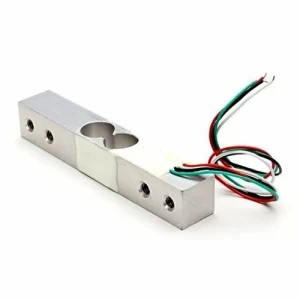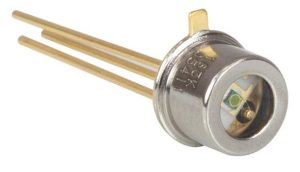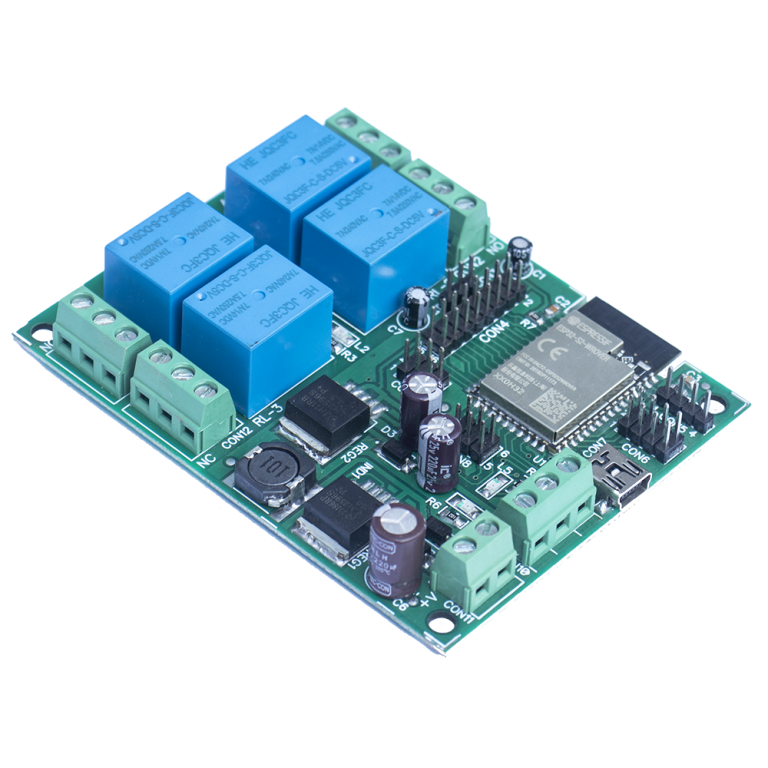Understanding the Role of Manifold Absolute Pressure (MAP) Sensor in Your Engine
Exploring the Manifold Absolute Pressure (MAP) Sensor
What is a MAP Sensor?
A Manifold Absolute Pressure sensor (MAP sensor) is a critical component in the electronic control system of an internal combustion engine. It gauges the pressure inside the intake manifold, providing instantaneous data to the engine’s electronic control unit (ECU). The ECU utilizes this information to calculate air density, determining the engine’s air mass flow rate. This, in turn, influences fuel metering for optimal combustion and adjusts ignition timing.
Location and Functionality
Typically situated on the inlet manifold, either next to or on the throttle body, the MAP sensor is pivotal in regulating the engine’s efficiency. It acts as the eyes of the ECU, constantly assessing variations in manifold pressure as the vehicle moves or the engine operates under diverse conditions.
The Crucial Role of MAP Sensors
In simpler terms, the MAP sensor assists the ECU in understanding the engine’s load. As driving conditions change, and pressure in the intake manifold fluctuates, the MAP sensor relays real-time data to the ECU. This enables adjustments in factors like fuel injection and ignition timing, ensuring optimal performance, fuel efficiency, and reduced emissions.
Common Issues and Solutions
While the MAP sensor is indispensable, problems can arise, impacting engine performance. Here are some common issues associated with MAP sensors:
- Contamination: The sensor is sensitive to engine deposits; a dirty or clogged sensor may provide inaccurate readings.
- Hose Issues: If the MAP sensor uses a hose, it can become clogged or leak, affecting its ability to read pressure changes.
- Vibration Damage: Extreme vibrations from driving can loosen connections and cause external damage to the sensor.
- Overheating: Proximity to the engine can lead to electrical connector melting or cracking due to overheating.
- Malfunction Indicator Light (MIL) Illumination: A faulty MAP sensor may trigger the MIL, indicating an issue with the sensor.
- Lean or Rich Air-Fuel Mixture: Incorrect readings can result in an imbalanced air-fuel mixture, causing poor engine performance.
- Failed Emissions Test: Excess emissions due to a faulty MAP sensor can lead to failed emissions tests.
- Poor Fuel Economy: Inaccurate readings can result in poor fuel economy. If a MAP sensor problem is suspected, prompt diagnosis and replacement are essential for optimal engine performance.
Conclusion
In conclusion, the MAP sensor is a linchpin in the engine management system, providing crucial data for maintaining efficiency and performance. Vigilance regarding potential issues and timely intervention can safeguard your engine’s well-being. If you suspect MAP sensor problems, a thorough diagnosis and replacement can ensure continued optimal performance and prevent further complications.




















+ There are no comments
Add yours